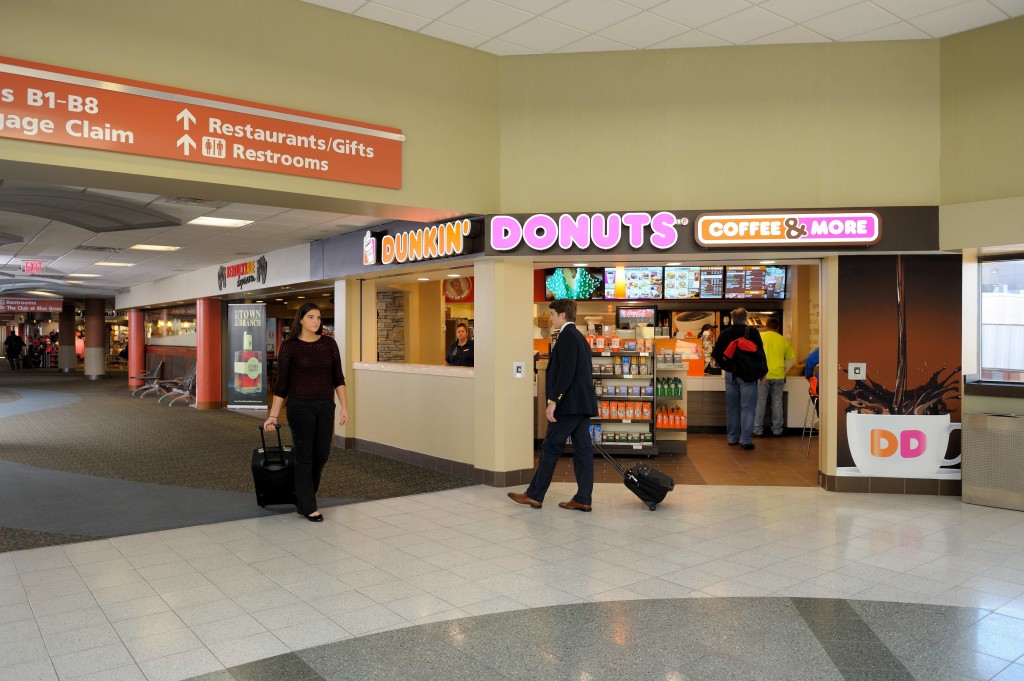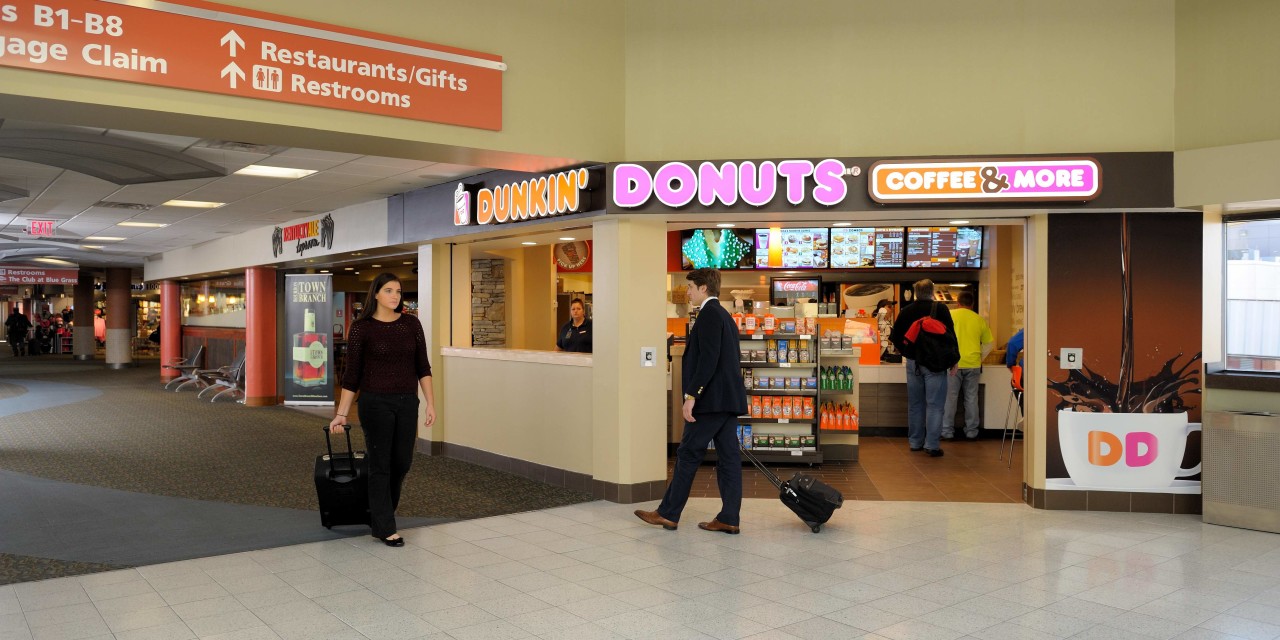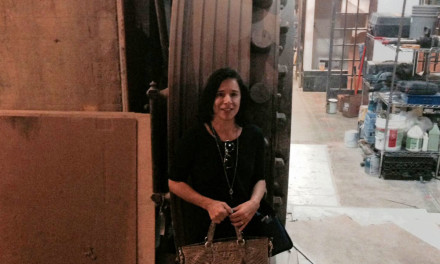
Customers’ No. 1 demand at Blue Grass Airport in Lexington, Ky.? Branded coffee. Dunkin Donuts opened last year. Photo courtesy of Blue Grass Airport.
WASHINGTON D.C. – As more airlines replace smaller airplanes with larger ones to gain financial efficiencies, smaller airports especially are having a harder time providing their customers with as many flight choices as they once had.
“If you’ve been watch the airline industry, they are upgauging in every line of aircraft,” Capt. Lee Moak, president of the Air Line Pilots Association (ALPA), told U.S. aviation leaders today at The Hill publication’s Aviation Policy Summit. “Even with 737s, they are upgauging. Same with the Airbus brand. That is a function of additional costs that are difficult to pass on to consumer.”
It’s a complicated trend, driven by a range of factors. Nevertheless, the trend is leaving smaller airports, which have fewer flights to begin with, more vulnerable. So what are these smaller airports in places such as Lexington, Ky., and Savannah, Ga., doing to stay relevant?
Here’s the story I wrote for Fox News (click on the link to read the full story!):
MORE ONLINE: At 6’6,” this traveler’s a human version of the Knee Defender!
MORE ONLINE: Special view from a 1905-era courthouse-turned-hotel
MORE ONLINE: Marriott tests a kale-filled vending machine at Chicago O’Hare
For years, small and midsized airports in the U.S. have been losing flights and passengers due to the consolidation of airlines and shrinking competition in the industry.
“It’s not much fun being an airport director today,” said Eric Frankl, airport director of Blue Grass Airport in Lexington, Ky.
Blue Grass and similar smaller airports provide service primarily from 37- and 50-seat jets, which airlines will be phasing out over the next five years “because they’re no longer economically viable,” Frankl said.
TWITTER: Join Travel Update’s Barb DeLollis
“It’s a perfect-storm scenario. It’s a smaller industry because there are fewer airlines, and now there will be fewer aircraft and potentially a pilot shortage.”
So in an effort to stay in business, smaller airports are paying closer attention than ever to consumers, offering better retail options and improved services in hopes of retaining passengers and revenue.
Over the last two years, airports including Lexington; Albuquerque, N.M.; Rockford, Ill.; and Savannah-Hilton Head in Savannah, Ga., have been bringing in local breweries, name-brand coffee shops, new restaurants, more volunteers, more parking spots and other creature comforts in hopes of persuading passengers not to drive to larger airports.
Readers: Do you prefer to fly out of smaller or larger airports, and why?




